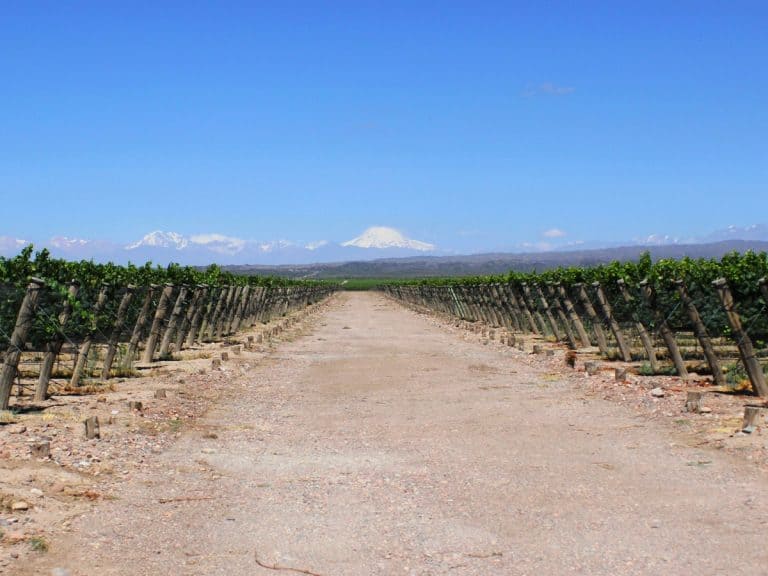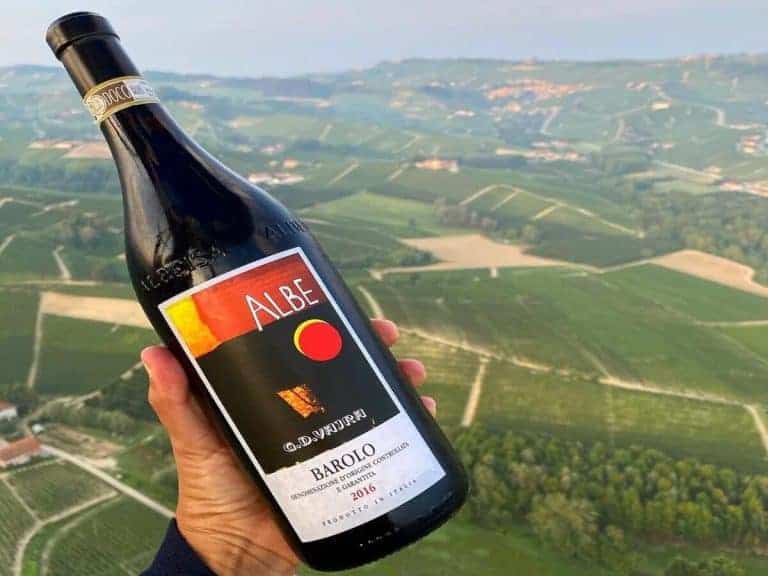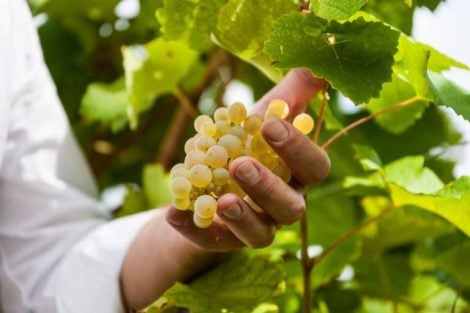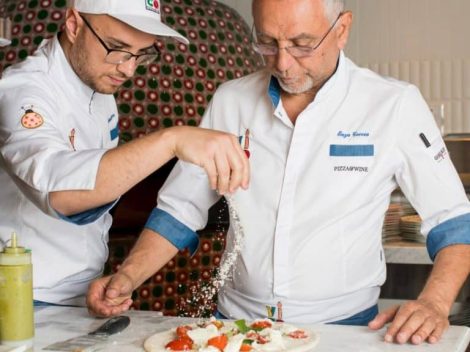Argentine viticulture is experiencing its worst period in the last 20 years. A decline in domestic demand and a contracting global market are the two main issues, compounded by key factors such as high inflation, intense market competition, changing consumer habits, and a prolonged lack of investment in the national wine sector. The impact is evident in figures released by the Economic Studies Centre of Bodegas de Argentina, which represents the main large wine companies as well as small and medium-sized enterprises (70% of its members), accounting for 85% of bottled wine and 95% of exports.
Argentine wine revenue almost halved since 2010
One figure says it all: Argentine wineries' turnover fell from $1.68 billion in 2010 to $983 million in May 2024, a nearly 42% drop. Volume-wise, the decline was also steep, with a drop of over 20% in the same period, briefly recovering during the Covid years (reaching 142 million cases sold in 2021) but now at a record low of just 114 million cases. As of December 2023, the average price per case had fallen 26.9% since 2010, reaching $8.6 per case, the lowest since 2006 after peaking at $11.8 per case in 2011.

Argentina - photo Sofia de Abajoa from Pixabay
Exports at an all-time low
Historically, Argentine wine exports have been the driving force behind national wine production. In the last two years, however, as noted by Bodegas de Argentina analysts, the situation has worsened, with a sharp decline in sales value. In May 2024, the annual export figure hit its lowest point since 2006, at $393 million, even below the $402 million seen in 2018, a year marked by the devaluation of the Argentine peso, which three years later had allowed exports to reach $611 million in 2021. The inverse movement of the peso has contributed significantly to the collapse of profitability indexes in 2023 and 2024, costing winemakers several profit points. In the global context, Argentina is not alone in experiencing falling bottled wine export volumes; the United States, Chile, and Australia have all seen sales drop by over 20%, with Argentina's -25.7% second only to South Africa's -34%. Its main buyers include the United States, the United Kingdom (mainly bulk wine), Canada, Mexico, and Brazil, where Argentina competes directly with Italy. Together, these five markets account for 70% of total volumes.
The impact of tariffs
One major limitation for Argentine wine sales abroad is the high customs tariff rate, which is above the average of competitor countries. In 2023, tariffs accounted for 5.2% of wineries’ annual revenue, according to Bodegas de Argentina. This rate is considerably higher than the averages for Italy and France (2.8%), Spain (3.2%), New Zealand (3.8%), Portugal (5.8%), and Chile (only 0.1%) and is due to the lack of specific bilateral agreements with key global markets. As a result, buyer countries often replace Argentine products with wines from other origins. Overall, Bodegas de Argentina attributes 53% of the negative export performance to a drop in international demand and 47% to Argentina's reduced supply capacity, affected by exchange rate dynamics, reduced investment, limited promotion, and high tax pressure.

Argentina - Buenos Aires - photo Stella Giordano from Pixabay
Challenges in the Domestic Market
Inflation has driven a sharp drop in domestic consumption (to $586 million), with Argentinians buying less wine and increasingly favouring other beverages. There is a consistent, historical drop in demand for lower-priced wines, which has halved local revenues over the past ten years, with only 89 million cases of nine-litre wine sold as of May 2024. Similar to trends in other countries, per capita consumption has fallen, and this is further exacerbated by the weakening purchasing power of Argentine citizens.
Strategies to overcome the crisis
The Argentine wine industry has been considering ways to regain competitiveness in this general crisis context. Argentine wines were particularly competitive between 2004 and 2014, but analysts indicate that the appeal waned in the following decade. Today, the wine industry can only look for expansion opportunities in higher price brackets and markets where tariffs are based on volume. For this reason, Bodegas de Argentina is working on several strategic assets considered essential for the sector’s future: product differentiation, sustainability, e-commerce, adaptation to local tastes, and brand strengthening. In the coming years, the focus will be on high-quality wines that best reflect Argentina’s terroir. Another asset will be the establishment of strategic alliances in target markets with importers, retailers, and distributors to facilitate product access. In short, while the ideas and awareness of the need for change are there, as noted by the association of wine businesses, the challenges remain, particularly in securing investment funds and increasing the professionalisation of national wine companies.


 Non-alcoholic wines? Call them what you want, but they’re still a derivative of wine.” An Interview with Martin Foradori
Non-alcoholic wines? Call them what you want, but they’re still a derivative of wine.” An Interview with Martin Foradori The 8 best Trentodoc wines chosen by Gambero Rosso
The 8 best Trentodoc wines chosen by Gambero Rosso A Piedmont wine enters the top ten of Wine Spectator's "Top 100"
A Piedmont wine enters the top ten of Wine Spectator's "Top 100" Sparkling wines surpass still wines in Italian out-of-home consumption. Most popular during the aperitif
Sparkling wines surpass still wines in Italian out-of-home consumption. Most popular during the aperitif American Barbecue wins a Michelin star for the first time in history
American Barbecue wins a Michelin star for the first time in history






